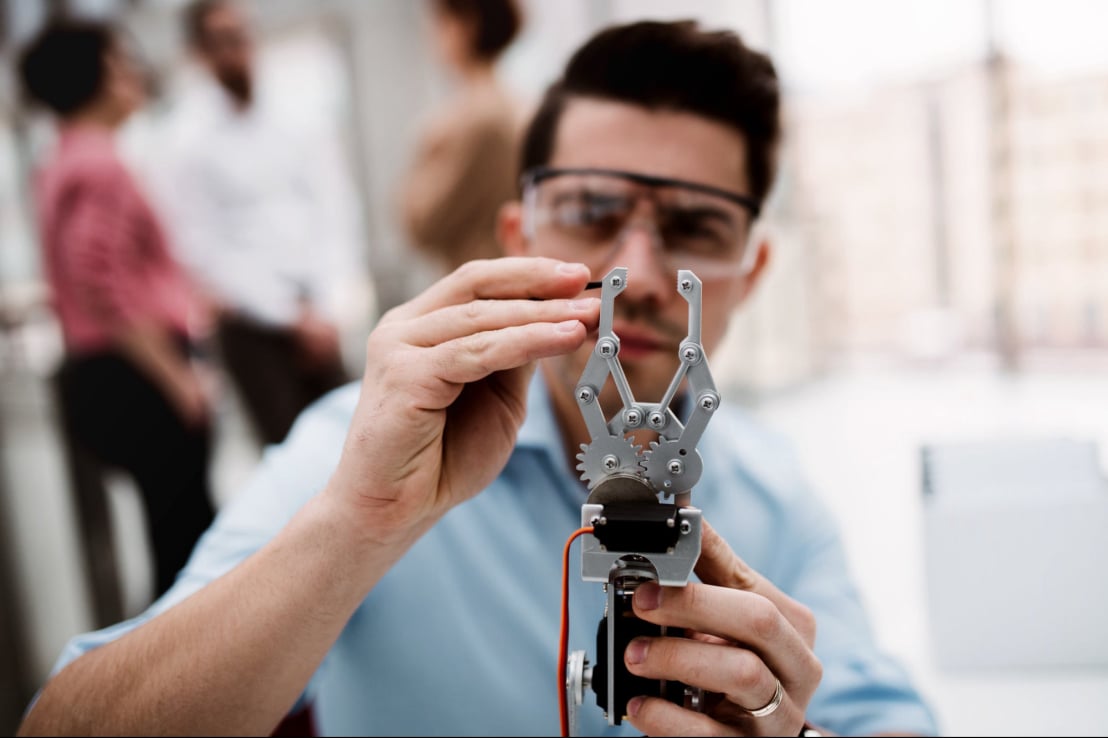Nestled along the winding banks of the Allegheny, Monongahela, and Ohio Rivers, Pittsburgh, PA, stands as a symbol of transformation and tenacity. Once defined by its steel mills and smoky skyline, the city has undergone a dramatic renaissance over the past few decades. Today, Pittsburgh thrives as a hub for innovation, research, and technology, while preserving its rich industrial roots. With a population of around 300,000 in the city proper and over 2.3 million in the metropolitan area, Pittsburgh has the unique distinction of being both forward-thinking and deeply grounded in history.
The city’s identity is deeply entwined with education and science. Home to prestigious institutions like Carnegie Mellon University and the University of Pittsburgh, the region attracts top talent in robotics, biomedical engineering, and artificial intelligence. Pittsburgh’s embrace of innovation is perhaps most evident in its rise as a testing ground for self-driving cars and other emerging technologies. Yet, despite this cutting-edge atmosphere, it’s a city that maintains its warmth—literally and figuratively. With four distinct seasons, Pittsburgh’s weather brings snowy winters, vibrant springs, hot summers, and breathtaking falls, offering residents and visitors a full seasonal experience.
Pittsburgh’s cultural scene is equally compelling. The city celebrates art, sports, and community with gusto. Events like the Three Rivers Arts Festival, Light Up Night, and the Pittsburgh Vintage Grand Prix draw crowds from across the state and beyond. The Strip District bustles with local food and craft vendors, while PNC Park and Acrisure Stadium host world-class sports teams and enthusiastic fans. The city’s blend of steel-town grit and cosmopolitan charm makes it an exciting place not only to visit but to launch bold new ventures—including groundbreaking invention ideas.
With its thriving support network for entrepreneurs and inventors, Pittsburgh is the perfect backdrop for a story about creativity and transformation. This is where InventHelp, headquartered in the heart of the city, has been nurturing innovators since 1984. For inventors looking to learn how to submit a product idea or turn a simple concept into a marketable product, InventHelp has emerged as a powerful partner on the journey from imagination to realization.



